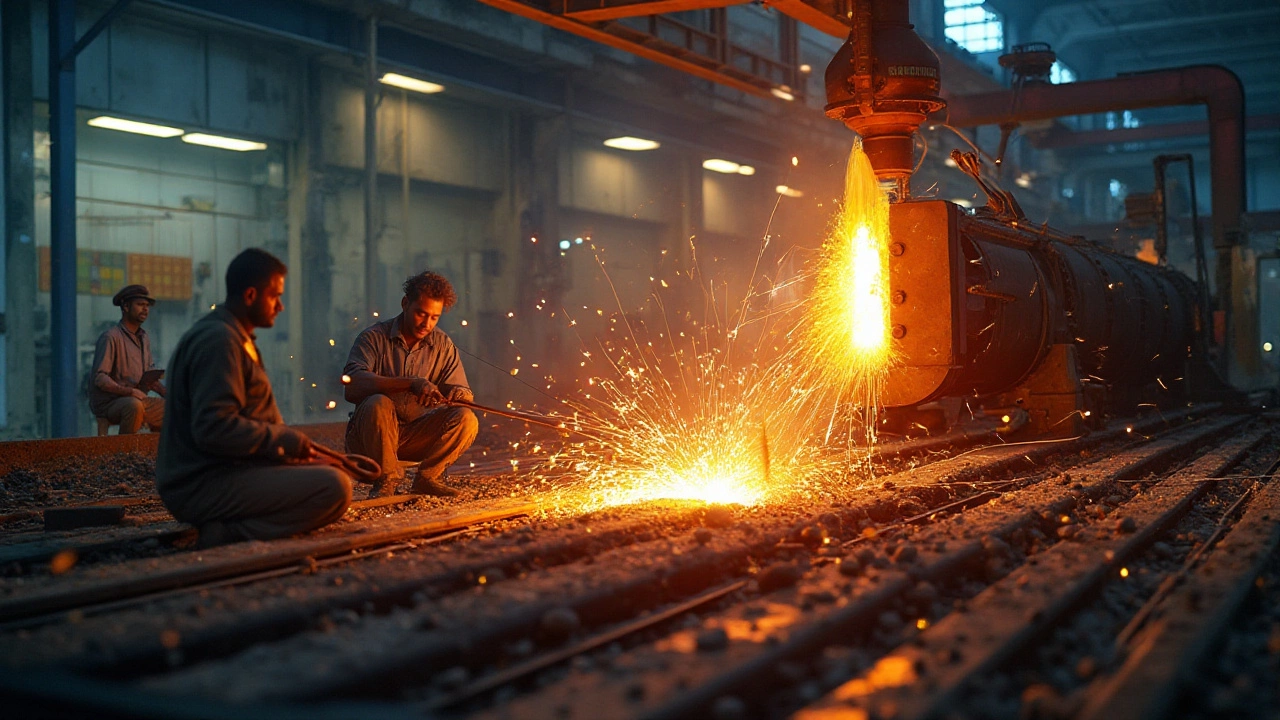Russian Ownership in Indian Manufacturing: What It Means for the Industry
When talking about Russian ownership, the share or control that Russian individuals, companies, or the state have in businesses outside Russia. Also known as Russian control, it can shift investment flows, affect supply‑chain reliability, and influence regulatory scrutiny. Russian ownership isn’t just a headline; it’s a real factor that decides who builds what, where, and at what cost.
One of the biggest ways Russian ownership shows up is through Foreign Direct Investment, capital that foreign entities pour into local companies to gain market access or technology. In India’s manufacturing arena, FDI from Russia often arrives as joint projects that blend Russian expertise with Indian labor and market knowledge. These Joint Ventures, partnerships where two or more parties share ownership, risk, and profit can speed up the rollout of heavy‑equipment lines, petrochemical plants, or high‑tech facilities. However, every dollar that comes in carries a shadow of Sanctions, government measures that restrict trade or finance with targeted entities. When sanctions tighten, Russian investors may have to restructure ownership, find local backers, or halt projects altogether, creating ripples across the supply chain.
Because of these dynamics, Indian manufacturers need to answer three practical questions. First, how does Russian ownership affect the cost and timing of new plant set‑ups? Second, what compliance steps are required to stay clear of sanction‑related penalties? And third, which sectors are most open to resilient joint‑venture models? The answers often lie in the data: for instance, the steel sector sees a higher share of Russian capital due to historic ties, while the electronics arena faces stricter scrutiny because of export‑control rules. Understanding where the balance tilts helps companies decide whether to welcome a Russian partner, seek alternative funding, or build a wholly Indian operation.
Below you’ll find a curated set of articles that unpack these themes from different angles. Some posts dive into the nitty‑gritty of how sanctions reshape supply chains, others compare Russian‑backed heavy‑equipment makers with global rivals, and a few explore high‑demand product trends that could be influenced by Russian market moves. Whether you’re an investor weighing a joint venture, a manager navigating compliance, or a policymaker tracking foreign stakes, the collection offers concrete data, real‑world examples, and actionable takeaways. Let’s jump into the insights and see how Russian ownership is reshaping India’s manufacturing landscape today.
